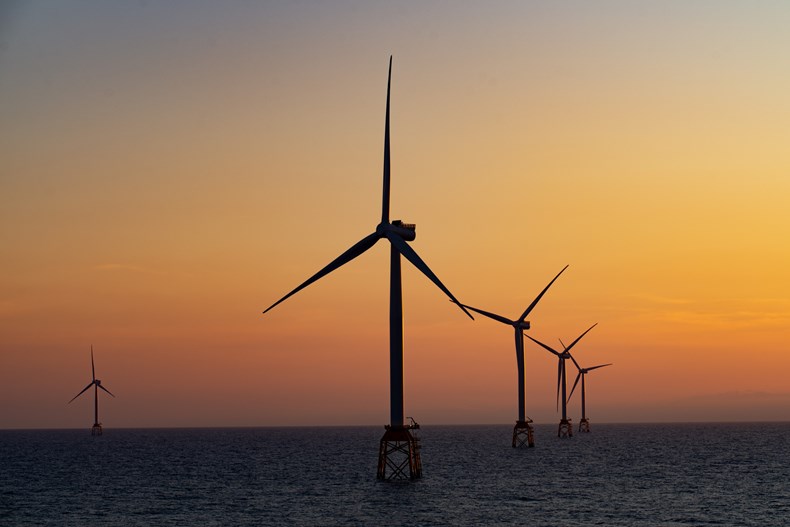Heating homes with wind could save millions in constraint payments and benefit society
22 Oct 2020
Consumers could benefit from savings on their energy if homes were heated with wind power, according to a new report.
The 4D Heat Project report found up to 540GWh of wind power could be absorbed by domestic heating across off-gas grid Scotland in 2030, saving £24million in wind constraint payments and securing a further £2m per year in environmental and social benefits.
The report, was funded by Ofgem’s Network Innovation Allowance (NIA) and led by SSE’s networks business, Scottish and Southern Electricity Networks (SSEN) and National Grid Electricity System Operator (ESO).
It looked at whether the flexible demand from electric heating could be matched to occasions when wind farms were generating more wind energy than can be carried across the transmission network.
An off-gas grid area in Skye was used for the study with findings and extrapolated to off-gas grid Scotland.
"The 4D Heat project shows that the potential role for electrified heat in helping to balance the grid and to save money for network operators and their customers, is significant.
Kate Jones Project Manager on Heat 4D for SSEN
“Findings from this report will help inform how we work with diverse stakeholders across the energy market in the transition to decarbonised heat, including the ESO, flexibility providers and vulnerable customers who are currently more likely to be dependent upon electric heating"
Constraint management is required where the electricity transmission system is unable to transmit power to the location of demand, due to congestion at one or more parts of the transmission network and currently costs around £500m per year.
The analysis found that 17% of curtailed wind could be used by these electric heating systems in 2020 and 9% in 2030 (when the forecast 2030 wind curtailment is around three times the total off-gas grid electric heating load), with significant corresponding CO2 savings. Furthermore, by 2030 some households could be saving 18% on their annual energy bill.
Kate added: “This report also helps identify a number of challenges that will benefit from further work. We look forward to adopting this timely report’s recommendations and using them to support an efficient and equitable transition to low carbon heat, putting our customers at the heart of the process.”
"If National Grid ESO is to achieve our ambition of operating a zero-carbon electricity system by 2025, it is essential that we take a whole system approach to solving the challenges that this transition presents. 4D Heat is a prime example of this way of thinking – we are tackling the huge challenge of how to decarbonise heat, while also addressing the significant issue of wind curtailment, and considering constraints at both transmission and distribution level. Crucially, we are also driving down consumers’ heating bills, in a consumer segment that is more likely to be vulnerable.
Cian McLeavey-Reville Innovation strategy manager at ESO
“We are proud of the work undertaken by this consortium, and look forward to adopting the recommendations, as we keep striving to find a better way to deliver the energy system transition."


